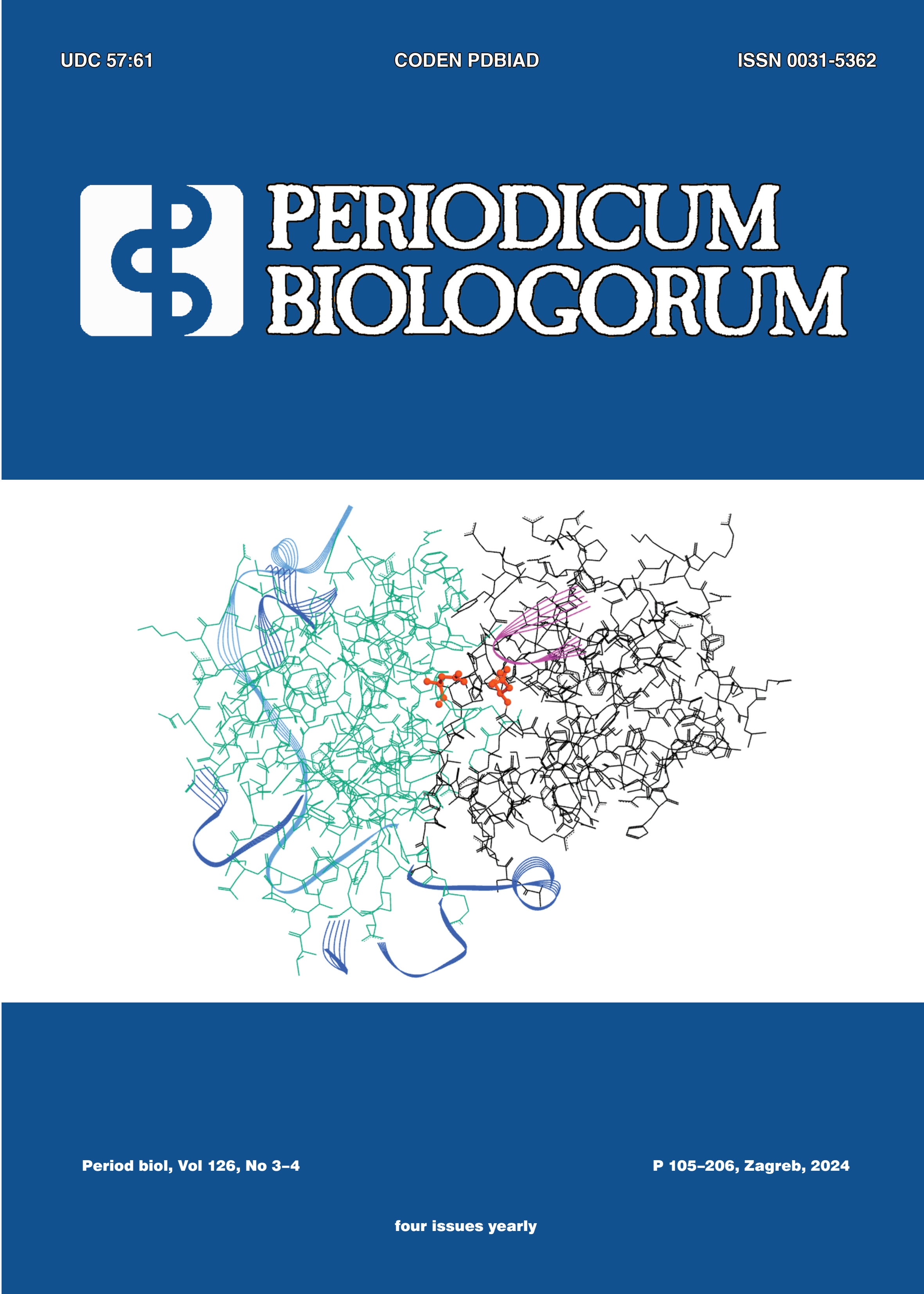Association of NRP2 rs849563 polymorphism with autism spectrum disorder and related clinical variables in Azerbaijani children
ASD and NRP polymorphism in Azerbaijan
DOI:
https://doi.org/10.18054/pb.v126i3-4.32602Abstract
Background and purpose: Autism, a prevalent developmental disorder, has been linked to genetic factors that regulate critical brain functions, such as neuropilins (NRPs). This study aimed to examine the NRP2 rs849563 polymorphism for its association with autism risk and its relationship with specific autism spectrum disorder (ASD) clinical variables in the Azerbaijani population.
Materials and methods: The study included 48 ASD patients and 42 controls from the same population. Diagnoses followed DSM-5 criteria, with DNA extracted from buccal samples and genotyped for the NRP2 rs849563 polymorphism via PCR-RFLP. Statistical analyses using MedCalc assessed genotype frequencies and their associations with clinical variables, with significance set at p ≤ 0.05.
Results: PCR-RFLP genotyping revealed 75% TT and 25% TG in autistic children, compared to 66.67% TT and 33.33% TG in controls, with the GG genotype absent. Statistical analysis showed no significant association of genotype (OR = 0.667, 95% CI = 0.267 - 1.666, p = 0.385) or allele frequencies (OR = 0.714, 95% CI = 0.31 – 1.64, p = 0.429) with ASD. However, a significant association was found between the NRP2 rs849563 polymorphism and rocking and swaying behavior (p = 0.029), highlighting its potential role in ASD symptomatology.
Conclusions: Our study provides pioneering insights into the potential role of the NRP2 gene in autism susceptibility among Azerbaijani children. The results, including a significant association, lay the groundwork for future research with larger cohorts and more comprehensive phenotypic evaluations.
Downloads
Published
Issue
Section
License
The contents of PERIODICUM BIOLOGORUM may be reproduced without permission provided that credit is given to the journal. It is the author’s responsibility to obtain permission to reproduce illustrations, tables, etc. from other publications.


